
Scoreboard OCR Meets Logo Metrics: Context Matters
Sponsors don’t pay for minutes on screen — they pay for moments. This post shows how reading the live scoreboard with OCR and fusing it with logo analytics turns generic “screen time” into impact time tied to goals, timeouts, penalties, and late-game drama. You’ll see why context changes valuation math and how three board-ready KPIs — Impact-Adjusted Exposure Seconds (IAES), moment-filtered vSOV, and impact-adjusted CPeS — defend rate cards, reduce make-goods, and shift spend to higher-yield assets. We outline a pragmatic rollout: start with ready APIs (OCR, Brand Recognition, Image Anonymization), prove pricing lift on a short pilot, then add custom rules for your league and workflows. The outcome is a moment-based sponsorship product backed by audit-ready evidence — and a clearer path to ROI.
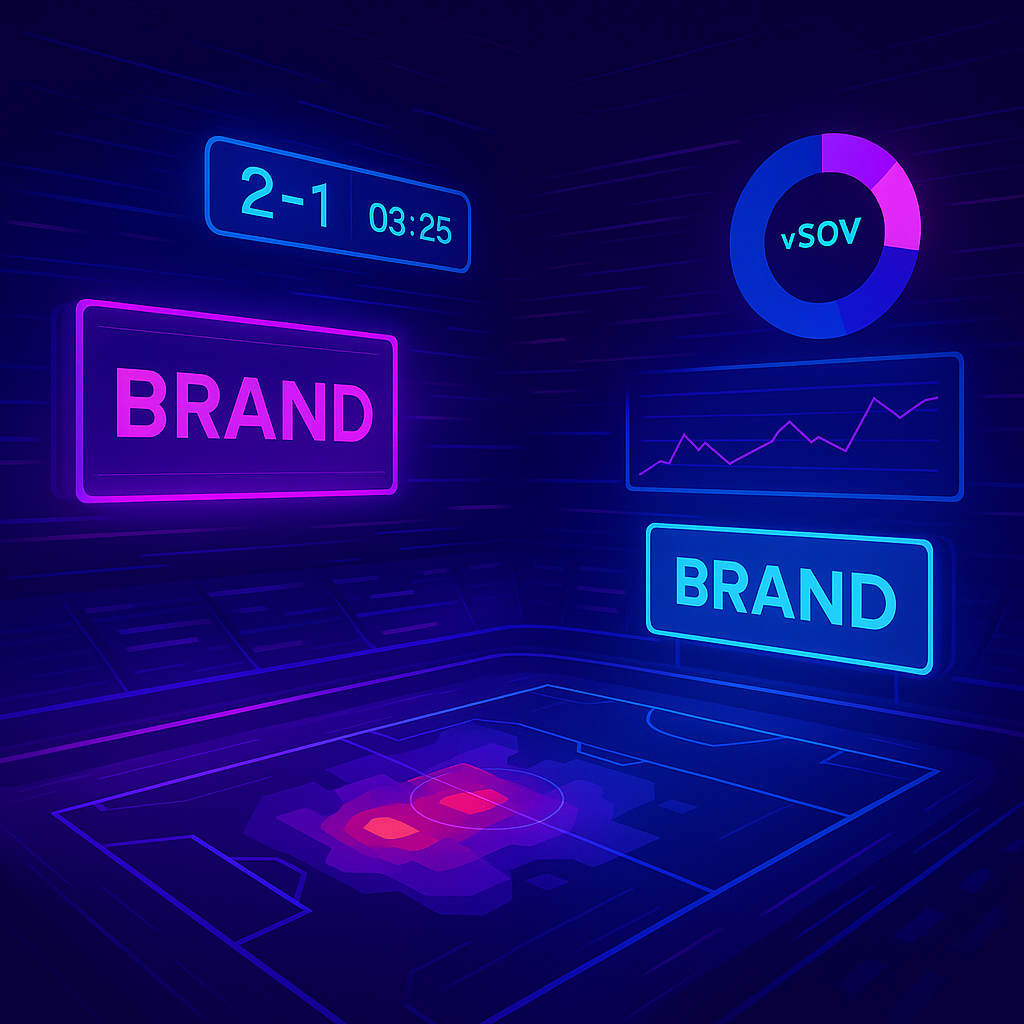
E-Sports Overlays: Measuring Virtual Brand Presence
Esports overlays — virtual billboards, HUD bugs, replay wipes — now command real budgets, and they deserve stadium-grade measurement. This post shows how to turn gameplay and broadcast footage into qualified exposure seconds using modular computer-vision blocks (logo recognition, OCR, object detection, anonymization), then roll those seconds into two board-ready KPIs: vSOV (visual share of voice) — how much of the screen you truly owned — and CPeS (cost per exposure second) — what you paid for that ownership. Grounded in current IAB gaming guidance, the framework helps publishers and sponsors price, verify, and optimize inventory across titles, proving value with auditable numbers — and giving leadership a practical path to faster deals, cleaner renewals, and better unit economics.
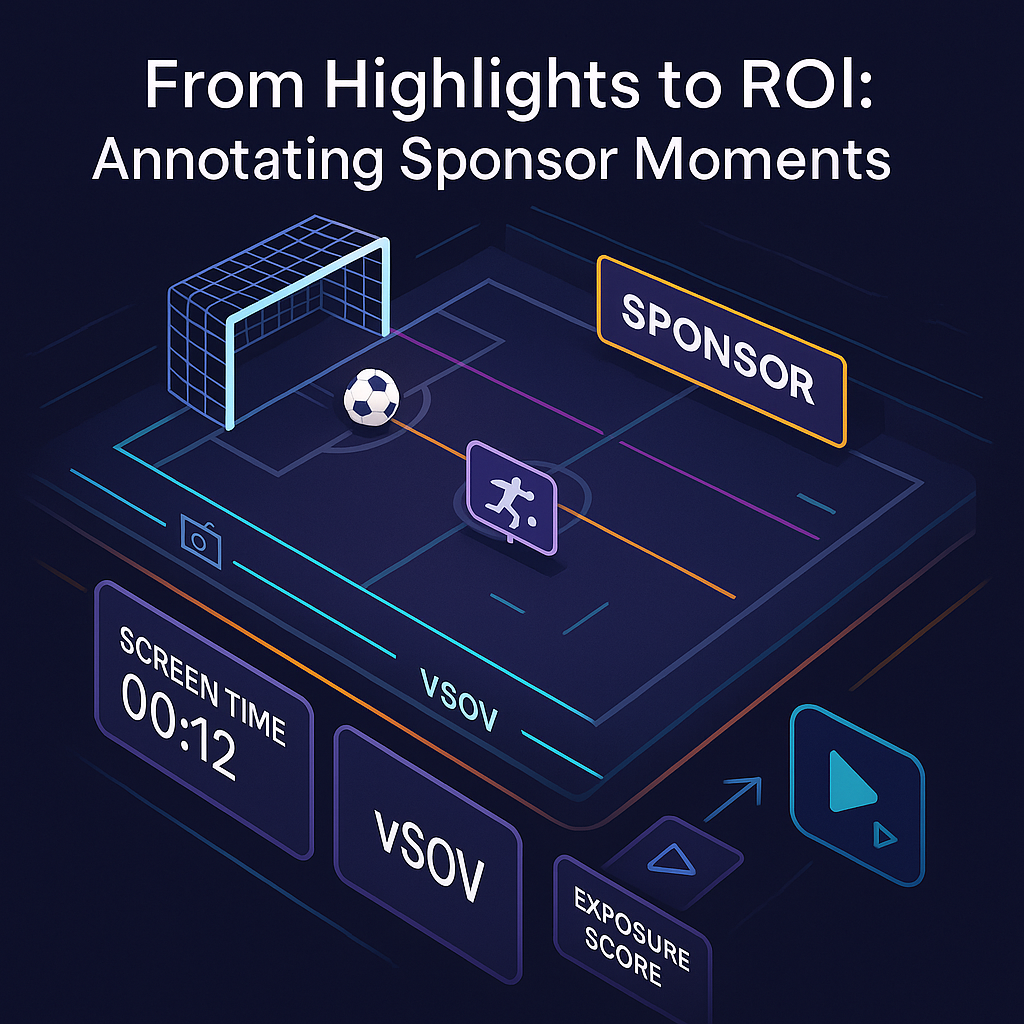
From Highlights to ROI: Annotating Sponsor Moments
Sports highlights don’t just drive views — they can prove sponsorship ROI. This post shows how auto-tagging the exact seconds when a goal and a sponsor logo share the frame turns highlights into commercial evidence. Editors receive ready-made, brand-sorted clips with Screen Time baked in for instant social; commercial teams get standardized KPIs — vSOV, Exposure Score (area × position × clarity), and Cost per Exposure Second (CPeS)—to price, defend, and optimize deals. We outline a pragmatic path: assemble fast with ready vision APIs (logo recognition, OCR, anonymization), then tailor models for your venues to cut costs and lift accuracy. The result is faster distribution, cleaner make-goods, and board-level proof that turns highlights into revenue.
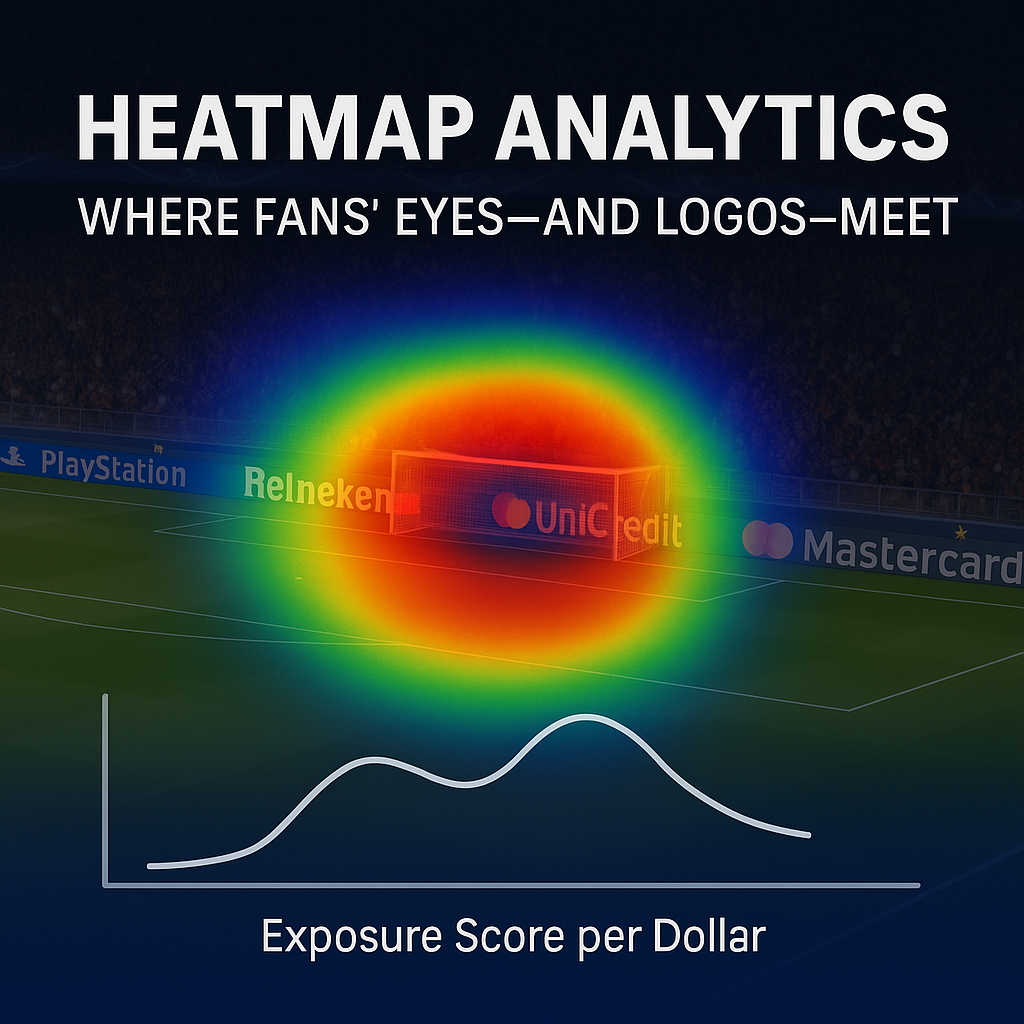
Heatmap Analytics: Where Fans’ Eyes—and Logos—Meet
In the new era of sports sponsorship, visibility is no longer enough. The true value lies in capturing and measuring the exact moments when fans’ eyes — and their attention — land on a sponsor’s logo. By combining AI-powered logo detection with advanced attention heatmaps, rights-holders and brands can finally quantify “hotspot” exposure and turn it into a single, actionable metric: Exposure Score per Dollar. This data-driven approach is rapidly transforming how stadium inventory is priced, how sponsorship contracts are negotiated, and how every second of attention turns into tangible ROI. Discover how heatmap analytics are moving sports marketing from impressions to intention — and giving C-level executives the tools they need to outpace the competition.
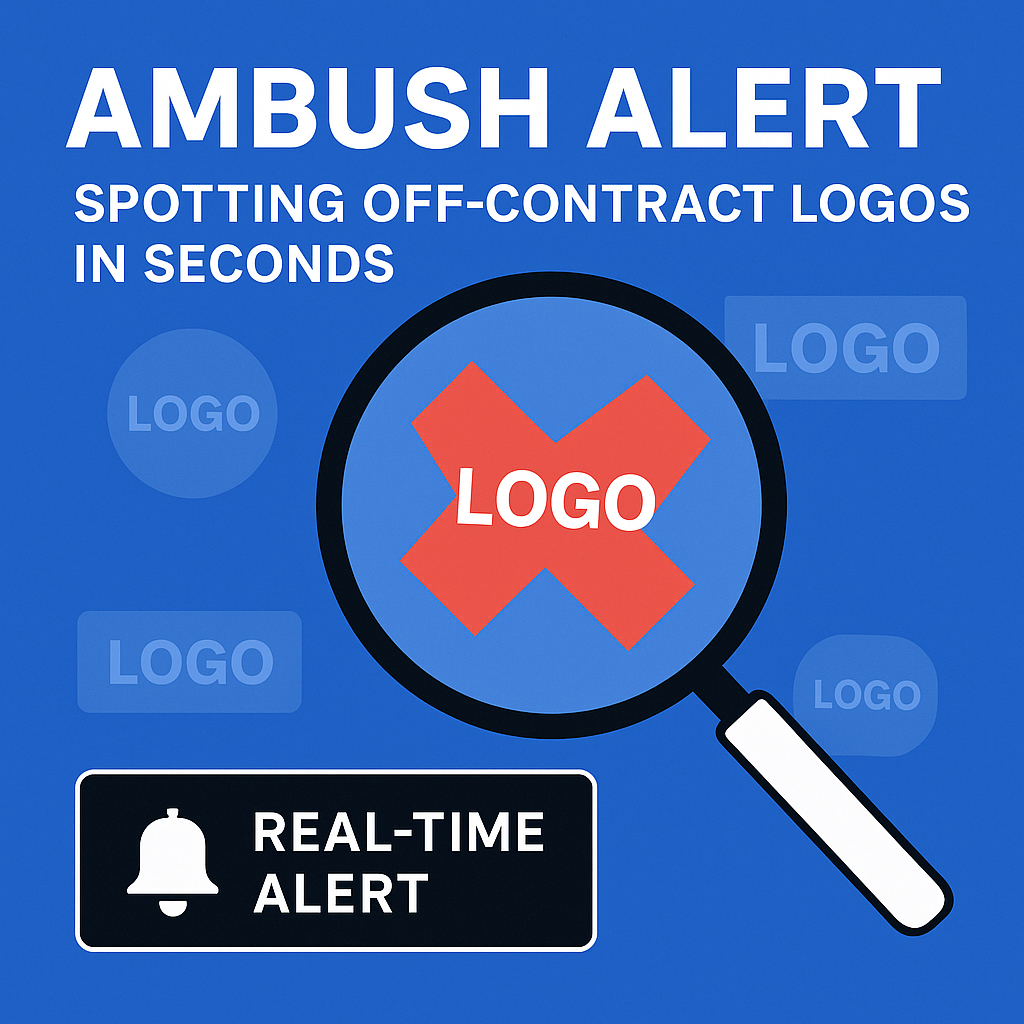
Ambush Alert: Spotting Off-Contract Logos in Seconds
Unauthorized logos can appear in seconds, but with today’s real-time computer vision, so can compliance. As sponsorship exclusivity becomes a high-stakes battleground for major events, forward-thinking organizations are leveraging AI-powered logo detection and instant alerting to flag ambush marketing before it becomes a contract breach. In this post, discover how leading venues and rights holders use live video analytics to protect multi-million-dollar deals, keep sponsors confident, and turn compliance into a measurable board-level KPI — no human spotters required.

Real-Time Dashboards: Logo Metrics in the Broadcast Truck
Producers can’t optimize what they can’t see. This post shows how real-time dashboards in the broadcast truck turn sponsorship from a next-day report into a live, revenue lever. Using low-latency, edge-AI pipelines, we push Screen Timeand visual Share of Voice (vSOV) to tablets in under two seconds — so directors can rebalance LED rotations, cue lower-thirds, and protect rate cards during the game. You’ll get an executive blueprint for the on-truck architecture, the quality-weighted metrics that stand up in negotiations, and a pragmatic build-vs-buy path that combines ready services — such as a Brand Recognition API — with targeted customization. The outcome: fewer make-goods, stronger auditability, and mid-game yield management that compounds across a season.
Cost per Exposure Second: Pricing the Pixel
As boards and CFOs demand ever-greater accountability for sponsorship spend, Cost per Exposure Second (CPeS) is emerging as the new gold standard for pricing on-screen brand visibility. Instead of relying on guesswork or outdated impression models, leading rights holders now merge advanced computer vision, real-time analytics, and dynamic rate cards to price every second of exposure — down to the pixel. This approach unlocks full transparency, enables flexible sponsorship tiers, and builds trust with both brands and investors. In this post, we break down the math, the technology, and the roadmap required to operationalize CPeS before next season — turning every moment on screen into a measurable, board-ready asset.
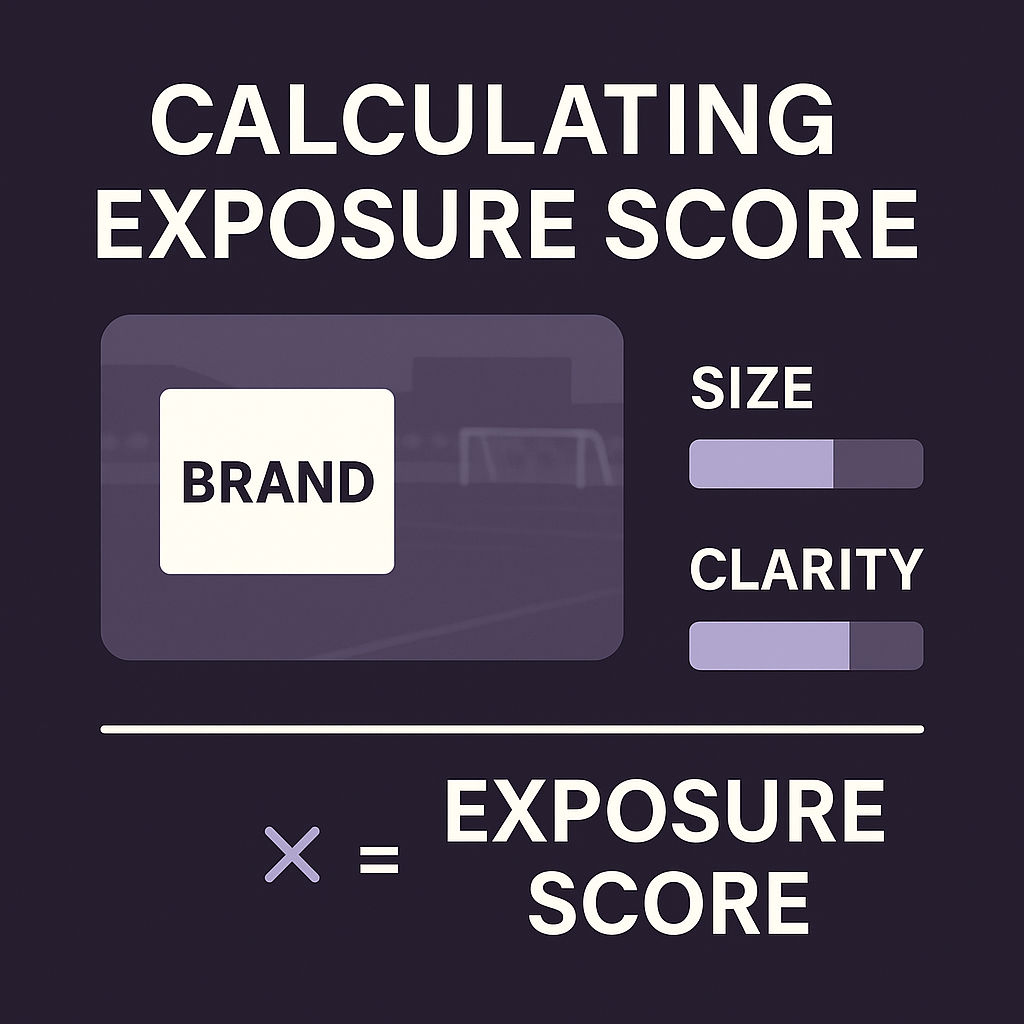
Calculating Exposure Score: Size Meets Clarity
In today’s high-stakes world of sports and entertainment sponsorship, not all on-screen logos are created equal. As global spend on brand exposure nears $190 billion, the old metrics — raw “seconds on screen” or impression counts — no longer satisfy the boardroom. Forward-looking executives are demanding a new standard: Exposure Score. This AI-powered metric weights not just how long a logo appears, but how large, where, and how clearly. The result? A precise, auditable KPI that transforms fleeting pixels into bottom-line value, helping CEOs, CFOs, and CMOs maximize every sponsorship dollar, justify negotiations, and outpace the competition. Discover how next-generation algorithms are redefining sponsorship ROI — and why those who adopt early will lead the next decade of brand visibility.
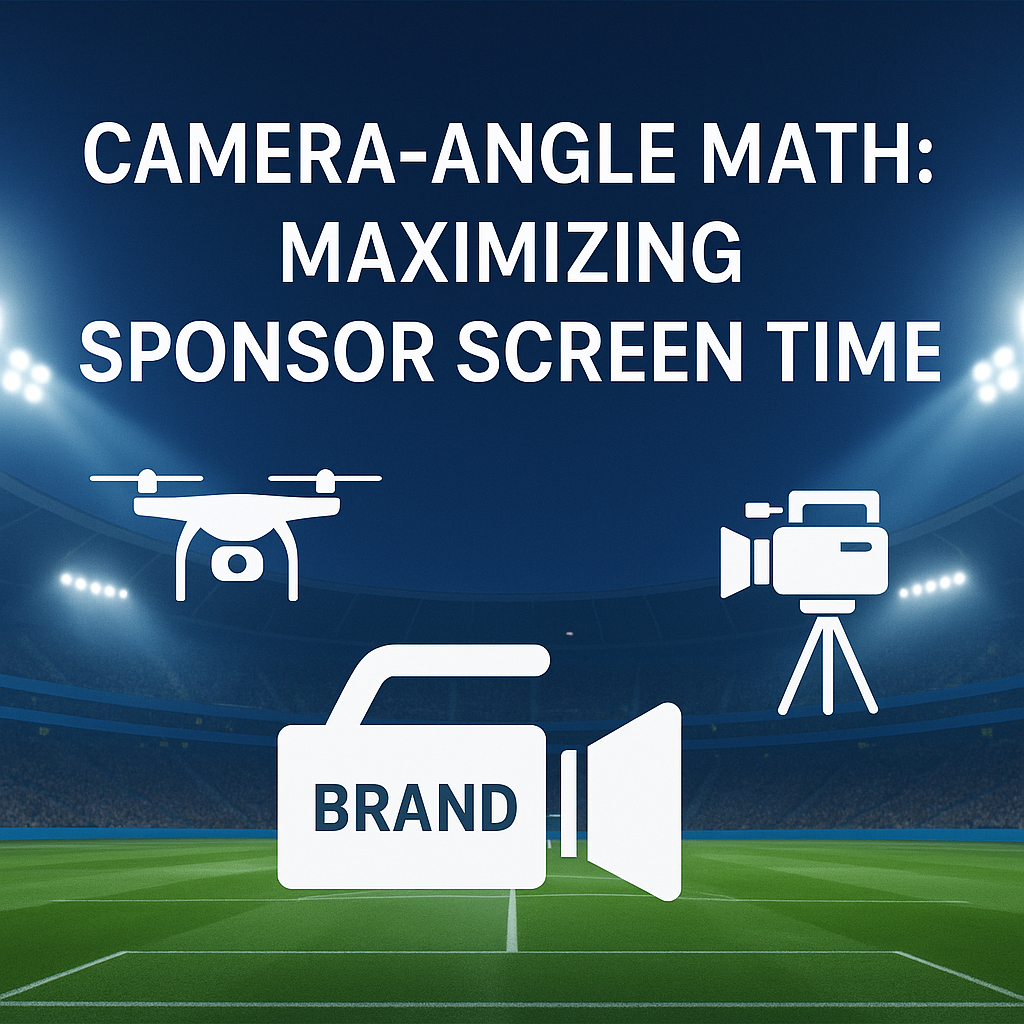
Camera-Angle Math: Maximizing Sponsor Screen Time
In modern sports sponsorship, visibility is no longer guaranteed by logo placement alone — it’s dictated by camera angles. A logo that dominates the main broadcast may vanish in drone shots or sideline replays, leaving millions in potential value unseen. To solve this, forward-looking sponsors and rights-holders are turning to multi-feed video stitching and AI-powered analytics that measure exposure across every angle and platform. By tallying true screen time, share of voice, and exposure clarity, executives gain auditable metrics that transform negotiations, justify ROI, and protect brand integrity. The future of sponsorship valuation is clear: camera-angle math is now boardroom math.

Counterfeit Watchdogs: Logo Forensics on Resale Sites
In the fast-growing world of luxury resale, every product photo is a new battleground for trust. As peer-to-peer marketplaces surge, counterfeiters are matching pace — deploying ever-more sophisticated fakes that slip past human moderation and threaten brand equity at scale. For C-level leaders, this is no longer just a compliance challenge but a strategic imperative. Today, automated logo forensics powered by AI is emerging as the frontline defense, delivering sub-second authenticity checks that outpace fraudsters, protect revenue, and fortify consumer confidence. This post explores how advanced image recognition—integrated seamlessly into listing workflows — can transform counterfeit risk from a persistent liability into a source of competitive advantage for brands and platforms alike.

AR Filter Safety: Detecting Unwanted Logos in Lens Effects
Augmented-reality face filters reach billions of users each day — yet a single unlicensed logo in a lens can ignite lawsuits, erode equity, and drain marketing budgets overnight. This post shows C-level leaders how real-time computer-vision scans inside AR streams convert that risk into a competitive edge, unlocking premium “certified-safe” inventory while safeguarding brand integrity at the speed of a swipe.
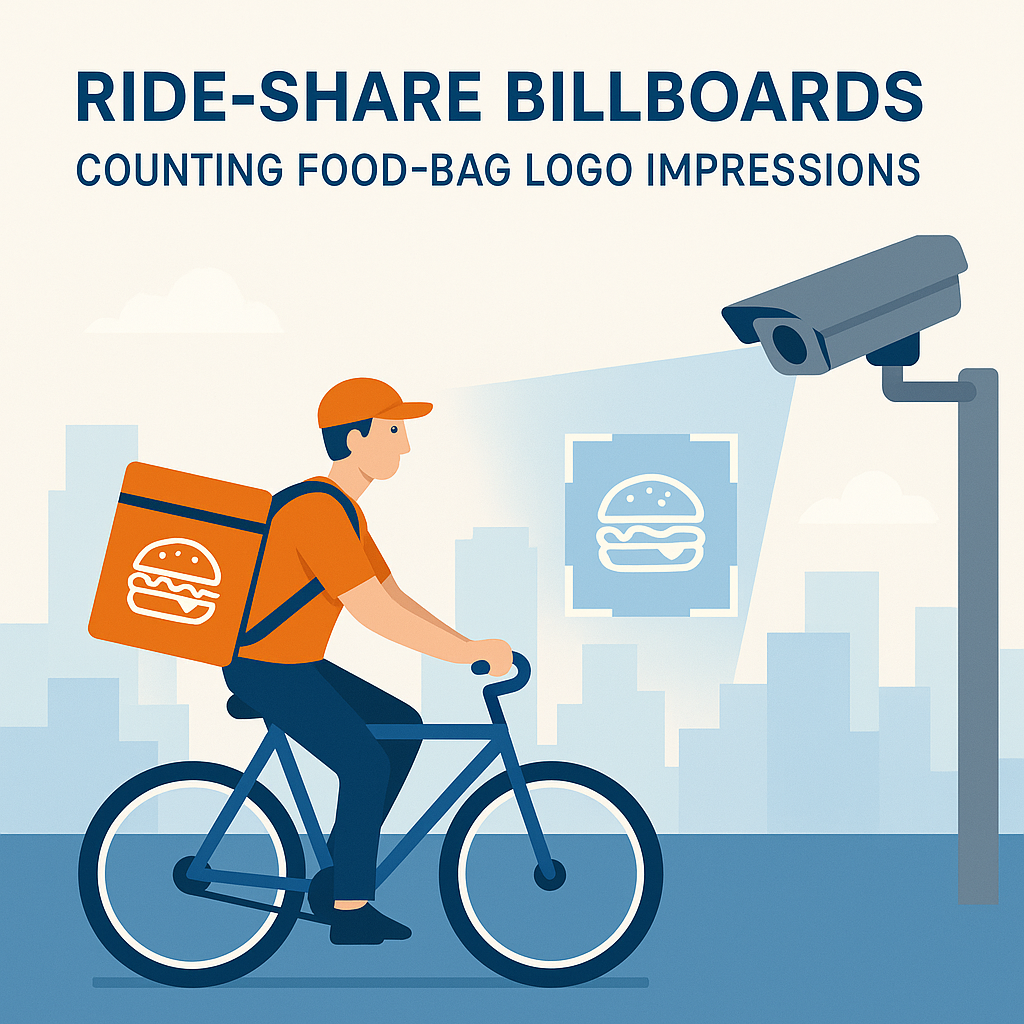
Ride-Share Billboards: Counting Food-Bag Logo Impressions
Food-delivery couriers are no longer just moving meals — they’re moving media. Every branded tote or delivery bag zipping through city streets is a potential mobile out-of-home (OOH) billboard, reaching thousands of consumers in high-value moments like lunch breaks and dinner rush. With the rise of AI-powered computer vision, brands can now use existing traffic cameras to count and map these impressions in real time, gaining geo-granular insights into urban reach and customer hotspots.
For executives, this isn’t just a marketing curiosity — it’s a new, measurable channel that ties directly to EBITDA impact. Courier bags deliver impressions at a fraction of the cost of traditional ads, extend brand visibility far beyond the delivery moment, and can be audited with the same rigor as digital campaigns. Early adopters that pilot vision-driven “ride-share billboards” today will secure a first-mover data advantage tomorrow, turning everyday deliveries into a scalable, revenue-driving media asset.

Eye-Level Wins: Optimizing Retail Endcap Logos
In retail, what happens at eye level doesn’t just influence what shoppers buy — it shapes the entire P&L. Shelf studies reveal that products placed in the shopper’s direct line of sight attract 35% more attention and drive significant sales lifts. Yet many brands still struggle to see, let alone optimize, what’s really happening across thousands of stores. Today, AI-powered computer vision is rewriting the rules, turning ordinary aisle photos into boardroom KPIs. C-level executives can now benchmark, measure, and improve shelf performance at unprecedented speed and scale — transforming logo placement from a merchandising guess into a strategic, profit-driving advantage. This post explores how next-generation shelf analytics are empowering decision-makers to win the battle for attention, maximize ROI, and drive sustainable growth by keeping their brands always in the shopper’s gaze.

Street-Cam Sentiment: Real-World Logo Hotspots
As urban landscapes become saturated with brand messages, a new wave of AI-powered analytics is transforming city cameras into real-time barometers of logo visibility and competitive presence. Modern computer vision now enables marketers and executives to map exactly where — and how often — their brands or rivals appear on bus stops, murals, and storefronts across the city. These actionable heatmaps empower data-driven decisions in out-of-home media buying, neighborhood activations, and strategic resource allocation. Discover how street-level video intelligence is turning every sidewalk sighting into a C-suite advantage in the next era of location-based marketing.

Heatmaps for Media Buyers: Where Your Logo Really Lands
In the era of high-stakes media buying and skyrocketing sponsorship fees, boardrooms are demanding more than broad impression counts — they want pixel-level proof of brand exposure. Heatmap analytics, powered by advanced AI and computer vision, are revolutionizing how agencies and rights holders measure, optimize, and monetize on-screen presence. By revealing exactly where logos appear and for how long, heatmaps empower executives to negotiate smarter deals, justify premium placements, and maximize ROI across sports, esports, and digital out-of-home campaigns. Discover why the future of media buying belongs to those who can turn heatmap insights into strategic action.

Esports Logo Analytics: Beyond Streamer Shout-Outs
As esports commands global audiences rivaling the NBA and Champions League, sponsorship strategy is entering a new era of transparency. Traditional shout-outs and impression counts can no longer justify seven-figure investments. Today’s leading brands demand hard metrics — precisely how long, where, and how often their logos appear on screen. Thanks to AI-powered logo analytics and frame-by-frame exposure tracking, executives can now translate every second of digital visibility into actionable business intelligence. This article explores how advanced computer vision unlocks measurable ROI, empowers data-driven negotiation, and gives brands a clear edge in the rapidly evolving world of competitive gaming.

Ambush Detection Ahead of the Next Super Bowl
As the Super Bowl draws global attention, the battle for brand visibility intensifies — on and off the field. For C-level executives, protecting multi-million-dollar sponsorships from “ambush marketing” has never been more urgent or complex. In this post, we explore how AI-powered logo detection is revolutionizing live broadcast compliance, enabling organizations to flag unauthorized logos in milliseconds, safeguard sponsor exclusivity, and maintain broadcast integrity without the need for massive manual teams. Discover why advanced computer vision is becoming the new playbook for brand protection ahead of the biggest game of the year—and what strategies leading organizations are adopting to stay one step ahead of evolving ambush tactics.
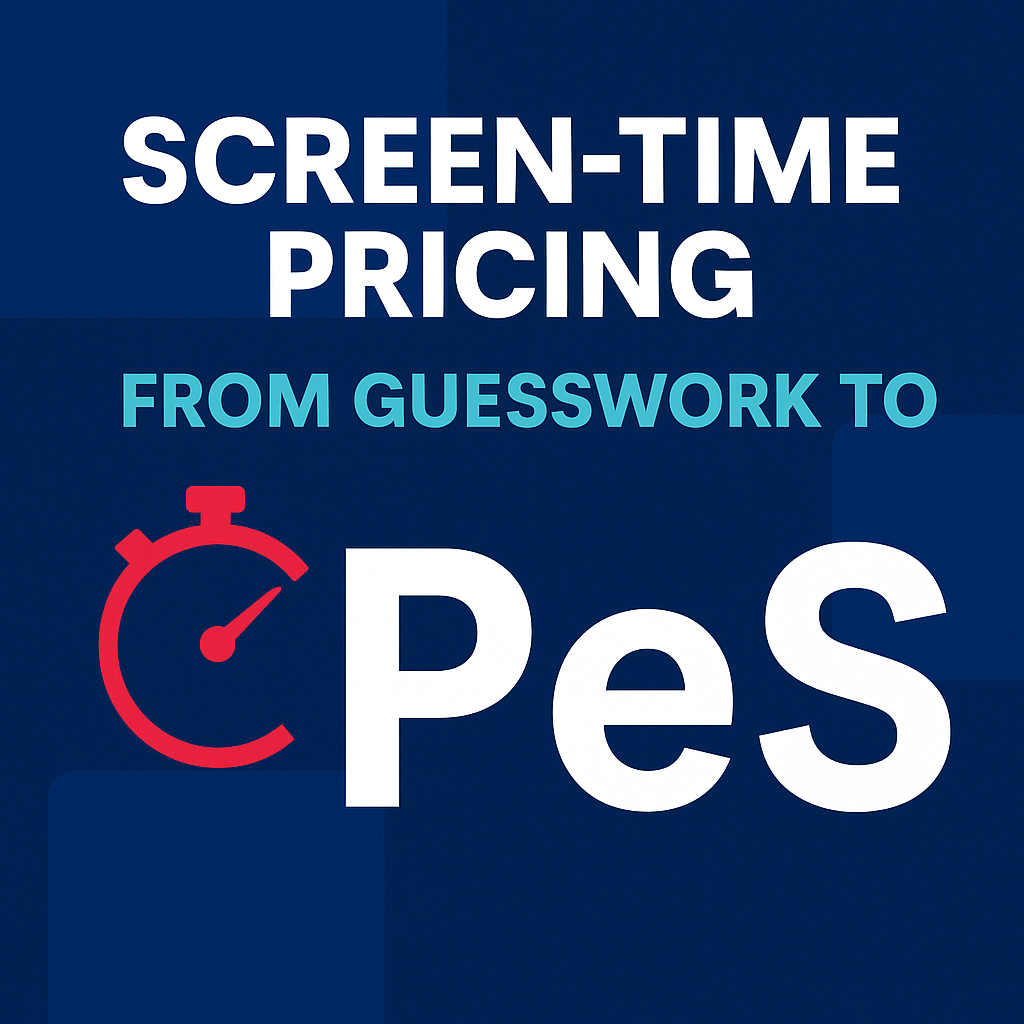
Screen-Time Pricing: From Guesswork to CPeS
For years, sponsorship and media rights have been priced on impressions — a model that overlooks how long a brand is visible, where it appears on screen, and whether audiences even notice it. As budgets tighten and scrutiny intensifies, this approach no longer satisfies boards, investors, or sponsors. Enter Cost per Exposure Second (CPeS): a next-generation metric that transforms every visible second of brand presence into a verifiable asset. Powered by AI-driven exposure scoring, CPeS enables executives to negotiate with precision, justify premium rates with evidence, and align sponsorship spend with measurable outcomes. The shift marks a turning point where transparency and accountability become the foundation of sponsorship value.
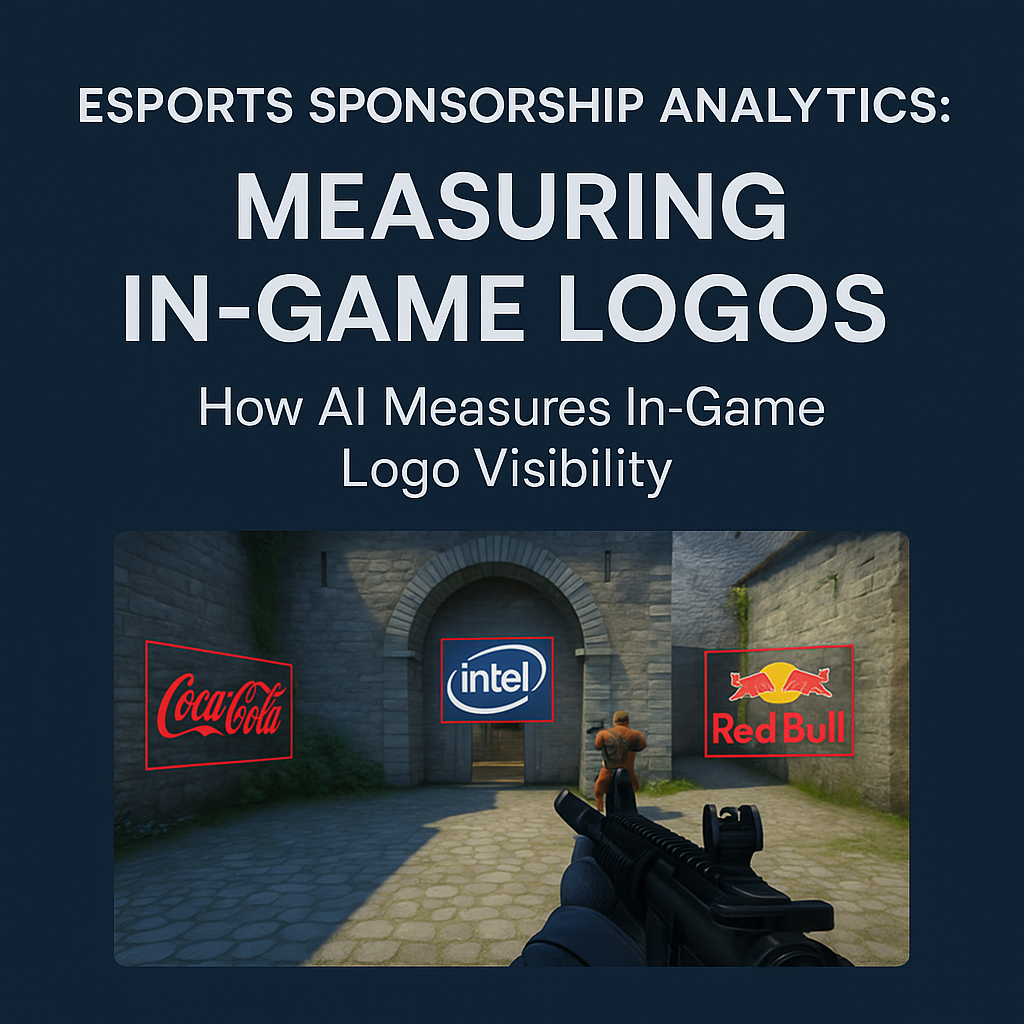
Esports Sponsorship Analytics: Measuring In-Game Logos
Esports has become one of the fastest-growing sponsorship arenas, attracting global brands eager to reach digital-first audiences. But unlike traditional sports, where pitch-side ads and jersey logos are easy to track, esports sponsorship exposure happens inside games, streams, and overlays — making it harder to measure and prove ROI. This blog explores how AI-powered logo detection is transforming esports sponsorship analytics, enabling executives to quantify brand visibility with the same rigor applied to stadium advertising. The result: data-driven sponsorships, transparent ROI, and a clear competitive edge in the world’s most dynamic digital arena.

Heatmaps and Timelines: Rethinking Sponsorship Reports
Traditional sponsorship reports reduce brand exposure to broad numbers — impressions, estimated reach, average screen time. But executives know these metrics miss what truly matters: where and when the logo appeared. Was it front and center during a decisive play, or lost in the background when attention was low?
New AI-powered tools such as heatmaps, exposure curves, and second-by-second timelines are transforming sponsorship analysis. They provide a visual, contextual understanding of brand visibility, enabling marketers to benchmark campaigns, optimize placement strategies, and align exposure with the moments that capture maximum audience attention.
For C-level leaders, this shift turns sponsorship from a cost to be justified into a measurable, optimizable asset that drives brand equity and competitive advantage.
